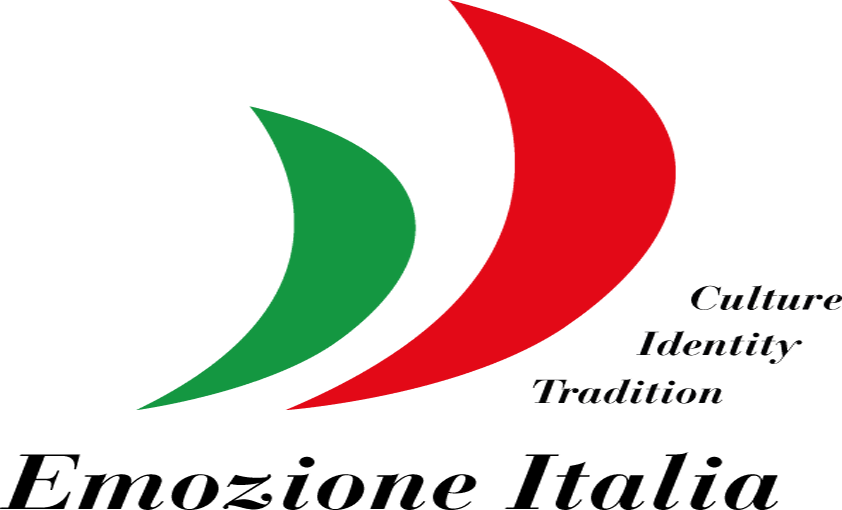Visit Rome
The long and glorious history of Rome makes both the city and its surrounds a major tourist attraction. The remains of ancient consular roads, aqueducts and imperial palaces are the dream of archaeology enthusiasts and those wanting to discover the history of the ancient Etruscans and Romans.To the north of Rome is the enchanting Lake Bracciano with its wealth of flora and fauna. The imposing Orsini-Odescalchi Castle stands in the very heart of the town of Bracciano. Considered one of the most beautiful feudal castles in Europe for the perfect blend of military and civic architecture, it also offers sweeping views over the lake below.
Still close to Rome but towards the coast is the Etruscan necropolis of Banditaccia in Cerveteri. A UNESCO Heritage Site, it gives a fascinating picture of Etruscan funeral architecture and rites. Beyond the seaside resort towns of Ladispoli, Fregene and Fiumicino is Ostia Lido, known as “Rome’s seaside”. Nearby are the famous excavations that have revealed one of the oldest Roman colonies: Ostia Antica, once a busy port. The local museum houses the invaluable archaeological finds uncovered during the excavation work.
Leaving Ostia and going south takes us to the area known as the Castelli Romani region, for centuries a traditional summer holiday location. Here, beautiful hilly landscapes, the mild climate, genuine cuisine and architectural and artistic treasures from ancient Roman and Medieval times combine to create an ideal setting. Located on Lake Albano, Castel Gandolfois the Pope’s official summer residence, whose Church of San Tommaso, built to a design by Gian Luigi Bernini, can be visited. Further on in Frascati, Villa Aldobrandini with its huge grounds, statues and fountains is the most famous Renaissance noble residence of the many patrician manor houses that have given this area its name.
To the east of Rome we find Tivoli, the small town known for the most famous residences in the area: Hadrian’s Villa, Villa d’Este and Villa Gregoriana. Built expressly for Emperor Publius Aelius Hadrianus, Hadrian’s Villa was one of the largest ever to be built in ancient times, and is today a UNESCO Heritage Site, like the nearby Villa d’Este with its fountains and water features. Villa Gregoriana retains all its fascination with its spectacular 100-metre waterfall.
Finally, Rome, Italy’s capital, the “eternal city”, “caput mundi”, “the navel of the world”. Piazza Venezia, the unmistakable monument to Italy’s first King Victor Emanuel II, known as the Vittoriano, the Square of Campidoglio, designed by Michelangelo, the Capitoline museums, the church of Santa Maria in Aracoeli, the Imperial Fora with the Coliseum and the Arch of Constantine are just a few of the innumerable places to visit in the capital.
The Circus Maximus, the Pyramid of Cestius, the Bocca della Verità, or the Mouth of Truth, the Renaissance and Baroque palazzi make this the most unique city in the world. Fountains, like the Trevi Fountain, staircases, like those of the Trinità dei Monti, or the Spanish Steps, and the Cordonata staircase up to Campidoglio Square are household names. These well known places, together with its villas and museums, make Rome an unforgettable city.
The Pantheon, with Raphael’s tomb, and the churches of San Luigi dei Francesi, Santa Maria della Pace, Santa Maria in Cosmedin are testimonies to strong religious faith as well as to artistic and cultural excellence. Finally there is Vatican City, the world’s smallest state, located in the heart of Rome. Its splendid Basilica of St Peter’s with Bernini’s Colonnade reaching out to embrace the square are just a few of the world-renowned sites in Italy’s capital that since ancient times have never ceased to astound visitors.
There is also an underground Rome. The catacombs of St. Callixtus on the ancient Appian Way enchant visitors and all those interested in art, history and archaeology.
